Imagine this: you wake up, stretch, and you feel a little creak in your back. Suddenly, every magazine and TV doctor is talking about bones cracking and crumbling. If you’re over 50, you’ve probably heard the name Fosamax tossed around. It’s not just any pill—it’s got a reputation. Some folks swear by it, while others swap horror stories over backyard fences. But where does the truth really sit?
What Is Fosamax, and How Does It Really Work?
Fosamax, the brand name for alendronate sodium, landed on pharmacy shelves in the mid-‘90s, promising to beef up bones and push back against osteoporosis. Osteoporosis isn’t rare—it creeps up on about 10 million Americans, especially women after menopause. My neighbor Karen joked that once she turned 60, she felt like a “porcelain doll on a trampoline.” For a while, Fosamax seemed like the answer—an oral bisphosphonate taken weekly or daily, designed to slow bone loss and maybe even help bones get denser.
Here’s the science: Osteoporosis literally means “porous bone.” Your body is always breaking down old bone and making new bone, but as you age (thanks, science), the “tearing down” side gets ahead. Fosamax acts like a security guard. It blocks the cells that gobble up bone (osteoclasts), helping your bones keep more of their strength. Pretty neat, right?
Still, a pill is only as good as what happens in real life, so researchers dug in for years. In one big study, women on Fosamax cut their risk of hip fractures by as much as 51% (that’s no small peanuts). It’s also used for men with osteoporosis, and it's cleared by the FDA for bone health in people taking long-term steroids—which can trash your bones if you need them for other reasons.
But here’s a big catch: Fosamax isn’t a miracle cure. You have to take it exactly right: first thing in the morning, upright, with just water—then stay standing for at least 30 minutes, no coffee, no breakfast. Why? It’s tough on the throat and can irritate your esophagus. Mess this up, and you might end up worse off than when you started.
Table: How Fosamax Compares for Fracture Prevention
| Medication | Reduction in Hip Fractures | Major Side Effects |
|---|---|---|
| Fosamax (Alendronate) | up to 51% | GI discomfort, rare jaw issues |
| Actonel (Risedronate) | up to 45% | Similar to Fosamax |
| Reclast (Zoledronate) | up to 60% | Flu-like symptoms |
So, Fosamax doesn’t walk alone—there are other meds in the “bisphosphonate family,” like Actonel, Boniva, even IV options if you can’t tolerate pills. Doctors pick between them based on your lifestyle, tolerance, and how your bones look under a scan. And yes, you definitely want a bone density scan (DEXA) before and during treatment. Trust me, you don’t want to take these drugs longer than you need—five years is a common limit, though every case is a little different.
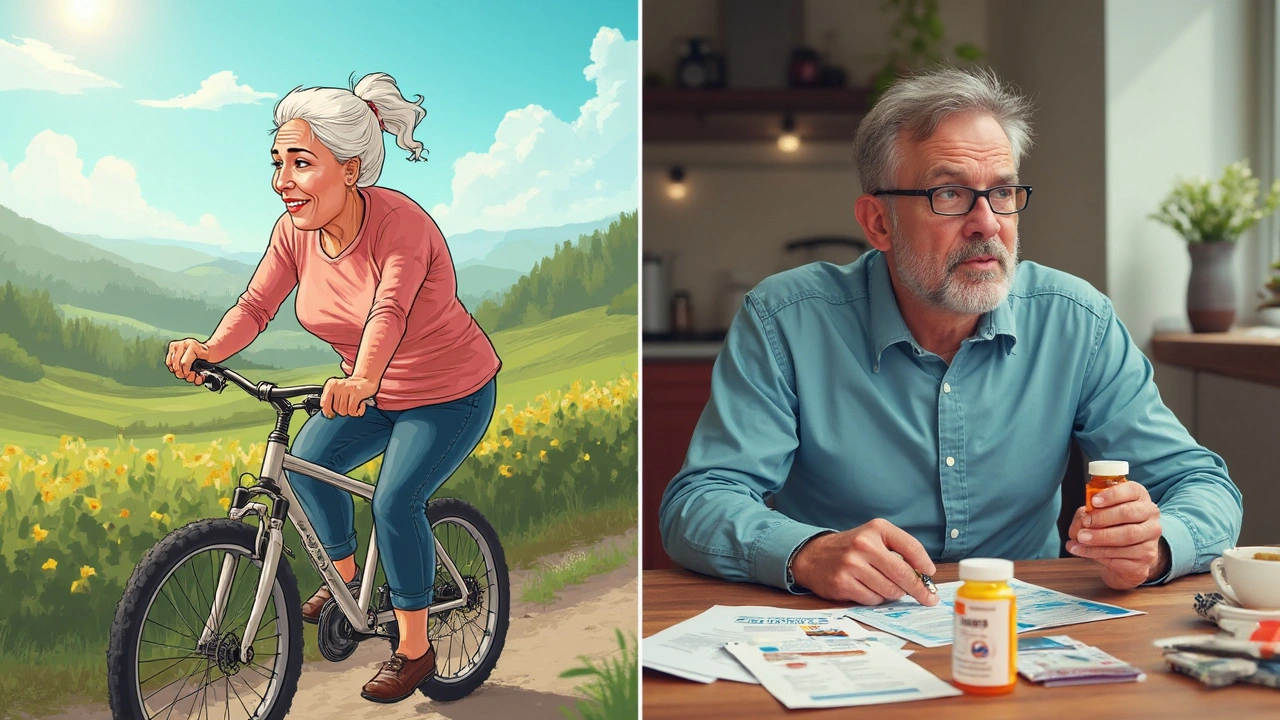
Who Really Benefits from Fosamax—and Who Should Skip It?
Let’s cut through the clutter—Fosamax isn’t for everyone scared of weak bones. It’s designed for people at high risk of breaking a bone: postmenopausal women, older men whose scans show significant bone thinning, and some patients needing steroids for more than a few months. The real heroes are those living with a family history of osteoporosis, already having a broken bone after age 50, or whose DEXA scan puts them in the red zone (T-score of -2.5 or lower).
But let’s talk about who should think twice. If you have kidney problems, trouble sitting up, or digestive issues like Barrett’s esophagus or trouble swallowing, most doctors would steer you away from Fosamax. Kids shouldn’t take this—neither should folks with low calcium or vitamin D levels unless these are fixed first. And anyone who thinks popping a pill is a magic bullet will get a stern look from most specialists.
Here’s a surprise for you: not every break means osteoporosis, and not every scan calls for this drug. My aunt Wendy, super active at 72, broke her wrist slipping on ice but had a totally normal scan. No Fosamax for her—just some fancy wrist exercises (and way grippier shoes). Point is, your story matters just as much as the numbers.
Doctors will often calculate your “FRAX score”—it’s a steroid-sounding name, but it’s just a tool to predict your real fracture risk over 10 years. If your number is high, that’s when you might get a prescription. But if you’re borderline or just a bit low, lifestyle changes and calcium/vitamin D might do the heavy lifting. And don’t forget weight-bearing exercise—a brisk walk with Oscar, my beagle, is worth more than you’d think.
- Fosamax works best in those at real risk—don’t take it just for peace of mind.
- Always check your kidney function and calcium levels before starting.
- If you have weird jaw pain or dental issues, alert your doctor. Rarely, this class of meds can mess with jaw bone healing after dental work.
- Stick with it—studies show most of the fracture prevention happens with consistent use for at least three years.
- Ask your doctor about “drug holidays,” a break after a few years if your bones are holding steady on follow-up scans.
What about cost? Nowadays, the generic version is cheap, so insurance almost always covers it. But don’t pay out of pocket without checking with your pharmacist—sometimes, the pharmacy discount cards beat your co-pay.
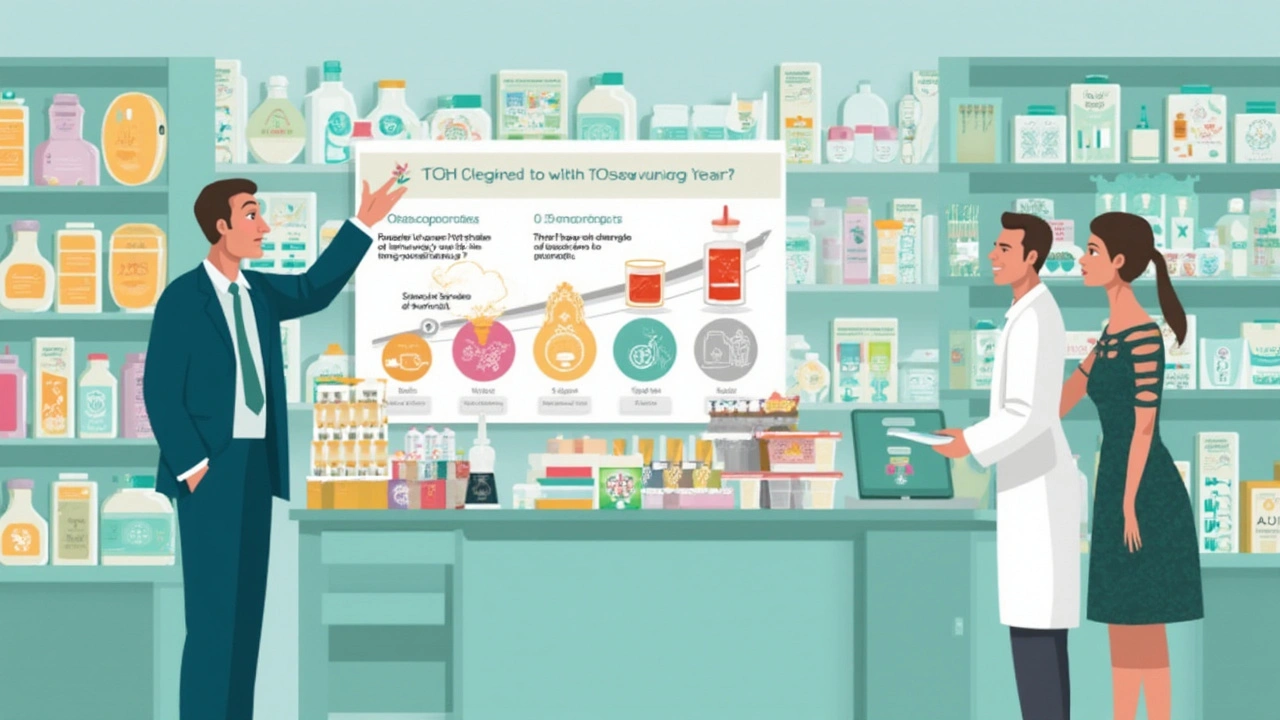
Side Effects, Myths, and Smart Strategies for Living with Fosamax
If you ask around, you’ll hear stories. My neighbor across the street threw his pills out after one dose because “his stomach felt like a volcano.” While side effects are real, most people never get beyond mild heartburn, some muscle aches, or a little GI grumble—especially if they take it by the book. The riskiest side is a rare jaw problem called osteonecrosis, usually after dental extractions, and a weird kind of thigh bone fracture almost nobody ever hears about before a doctor mentions it.
But don’t get scared off by headlines—these side effects are super rare (we’re talking way less than 1 in 10,000 form jaw issues, mostly in people on chemotherapy or with cancer). For the vast majority, problems come from not taking it correctly: lying down too soon, mixing it with orange juice, or skipping doses. It’s honestly not worth all the internet panic if you follow directions and check in with your doctor regularly.
Now, for some tips—straight from friends, family, and a few smart specialists I know:
- Set your phone alarm for that one “Fosamax morning” a week. Take the pill right after you wake, then empty the dishwasher, fold some laundry, or walk your dog. That half-hour goes fast if you’re moving.
- Skip calcium foods or supplements for at least 30 minutes after taking Fosamax. Your body won’t absorb the medicine with anything else in your stomach—water only!
- If you travel (like those dreaded red-eye flights for business), ask your doctor if you should delay or adjust your dose. Nothing ruins vacation faster than stomach pain from a pill taken wrong in a hurry.
- Keep up with dental care. Always let your dentist know you’re on a bisphosphonate. Routine cleanings are fine, but if you need an extraction or implant, they’ll strategize to lower risk.
- Monitor bone health. Your doctor will usually recheck a bone density scan every one to two years. If numbers are steady or improving, that’s a win.
- If you get persistent thigh or hip pain, think back—have you taken Fosamax for over five years? Let your doctor know right away. It might be a rare stress fracture from the drug.
- Don’t pair it with heavy drinking or smoking—those tank your bones whether you take the pill or not.
- Pep up your meals. Foods rich in protein, calcium (when not close to pill time), and plenty of outdoor walks pack serious punch for bones.
My son Oliver once asked, “Why do grown-ups worry about bones so much?” I told him, 'Because we want to keep running around the yard playing with dogs like Oscar.' Pills help, but living well—moving, eating right, staying on top of your health—is the real magic trick. Fosamax is just one tool in the box.
Bones are complicated, and there’s no single answer. If you’re wondering if you need Fosamax, don’t go by someone else’s horror or hero story. Talk openly with your doctor, ask for those numbers (T-scores, FRAX estimates), and get the real, personal risk. Be open to changing plans: maybe you’ll take the medicine now, stop in five years, or switch things up if something better comes along. The goal is always the same—more good bone days, more walks in the park, more stories to share at every age. That’s what really counts.



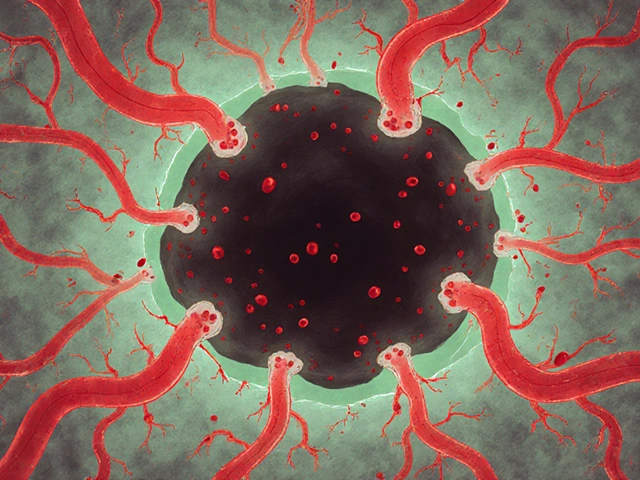
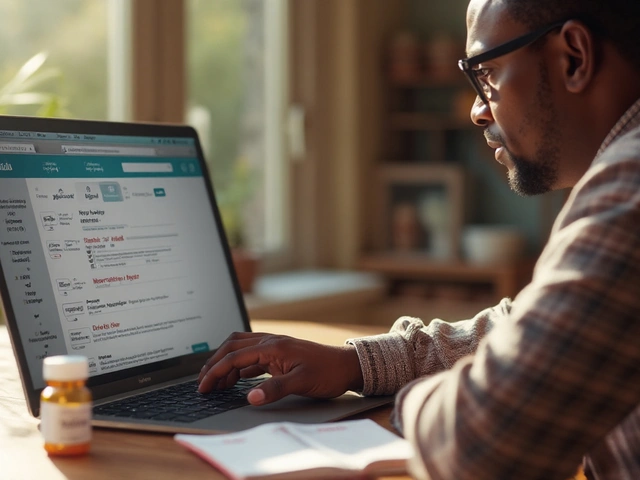
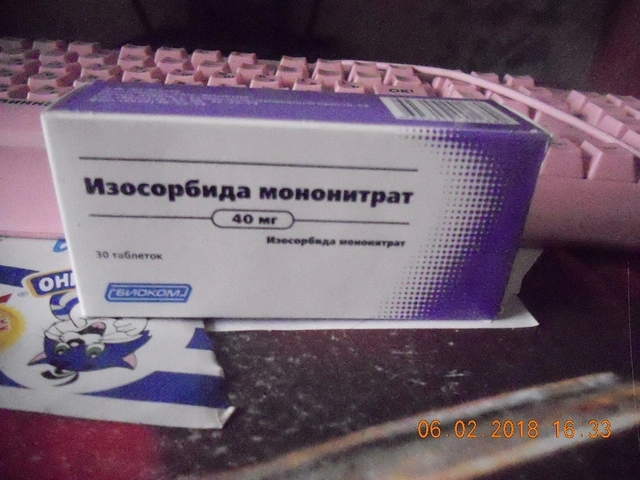

12 Comments
Jimmy Gammell July 18, 2025
Hey folks! Just finished reading about Fosamax and gotta say, this really clears up a lot of myths. I've seen so many people just blindly trusting any bone health pill without knowing the risks and benefits. This post does a great job explaining who actually benefits and what minors should watch for as side effects.
Personally, I've been coaching some older adults and this info will help me guide them better on when and how to use this medication. It's not a one-size-fits-all, y'know? Plus, the advice with data-backed stories makes it easier to trust the facts and not just rumors.
Anyone here tried Fosamax and had a personal experience to share? Would love to hear more real-life accounts!
:)fred warner July 18, 2025
Absolutely agree with you! It's so crucial we understand the science behind medications like Fosamax instead of just jumping on bandwagons. The article made it clear that while Fosamax can be very helpful for osteoporosis patients, it's not without its risks.
I'm particularly impressed with the way the post tackled the various myths surrounding side effects, showing which ones are overstated and which deserve real attention. This balanced approach is something I wish more medical info out there had.
Also, the tips about managing bone health beyond just medication—like diet and exercise—were spot-on and worth emphasizing. Truly empowering to know that medication is just one part of a bigger picture.
Veronica Mayfair July 18, 2025
Yesss!!! This article resonated with me so much! 🌟 It's refreshing to see info about Fosamax that isn't just fear-mongering or fake hype. Having had family members on the drug, I know firsthand how confusing it can be to wade through biased opinions.
Love the practical tips and emphasis on staying informed with real data instead of hearsay. Also, the mention of actual stories helps make it feel less clinical and more relatable. 💪😌
Thank you for keeping it real and easy to understand. More power to whoever wrote this! 💖
Rahul Kr July 18, 2025
Taking a more laid-back look at this, it’s pretty clear that Fosamax isn’t some miracle pill but a tool that needs careful usage. 🙂
The article’s straightforward tone helps cut through the noise and gives folks real expectations about what it can and cannot do. Like, yes it should help reduce fractures but keep in mind it’s about overall lifestyle too.
Side effects are worth considering but not so scary once you get the facts. Feels like honesty goes a long way here.
Anyone experienced benefits with combining Fosamax and lifestyle changes like vitamin D or weight-bearing exercises?
Anthony Coppedge July 18, 2025
I appreciate the clarity and depth this article provides. Osteoporosis treatment often gets oversimplified in mainstream discourse. Fosamax's mechanism, benefits, and risks must be conveyed with precision, and this post succeeds admirably.
It's imperative that patients understand the importance of compliance, timing, and monitoring while on Fosamax. The mention of cautionary protocols for use reflects responsible guidance.
I would encourage readers to consult directly with healthcare professionals before making medication choices, but informed discussions like this post certainly foster better patient empowerment.
Does anyone know if recent studies have shifted perspectives on Fosamax's long-term use?
Joshua Logronio July 18, 2025
Hmm... Reading this makes me wonder if there’s more to Fosamax than they’re telling us. 👀 You just can’t ignore all the lawsuits and shady pharma stuff that’s happened around these drugs.
Side effects may seem minor on paper but what about the long-term risk they don’t advertise? I bet some complications are conveniently left out or downplayed to keep sales rolling.
Also, the fact they push it so heavily kind of reeks of profit over people. Anyone else suspicious about the whole story?
We should dig deeper, not just take articles at face value! Just saying.
Nicholas Blackburn July 18, 2025
Honestly, this article is way too optimistic and glosses over some serious issues that fosamax users face. The risks aren’t just mild side effects as some like to suggest — fractures, osteonecrosis, and other complications are downright terrifying.
The pharma companies hide the brutal truth behind glossy ads and shallow articles like this, which only serve their agenda.
I’ve seen too many cases where patients were never truly warned or went through hell due to negligence.
So yeah, be careful whom you trust when it comes to these so-called miracle pills.
Dave Barnes July 18, 2025
To me, the fascinating part lies in how society views health and pharmaceutical intervention. Fosamax represents a kind of paradox—while it's meant to strengthen bones, it simultaneously raises questions about dependency on medication and underlying health philosophies.
Is it a tool for empowerment or a crutch masking deeper systemic issues around aging and wellness?
This article sparks these thoughts and urges us to reflect more deeply on our approaches rather than blindly accepting medical solutions.
I’d like to hear what others think about balancing medication use with natural preventive measures.
Kai Röder July 18, 2025
This was a quite balanced presentation, I appreciated the nuanced discussion addressing both benefits and risks of Fosamax. Notably, the emphasis on patient-specific assessment aligns with best clinical practices.
What also stood out was the practical advice on supplementing medical treatment with lifestyle adjustments, illustrating a holistic approach rather than pharmaceutically dependent mindset.
I'd encourage readers to maintain open dialogue with healthcare providers to maximize benefit while mitigating risks based on their individual health profile.
Brandi Thompson July 18, 2025
Oh please, don't fall for the shiny 'truth' they spoonfeed about Fosamax. It’s a disaster waiting to happen! The side effects are just the tip of the iceberg, and most doctors just rinse and repeat the pharma corporate script like mindless zombies.
People get frustrated, suffer silently, and then what? Nothing changes. They tell you it’s 'safe' while they stack profits and ignore real suffering. This article plays it too safe, sugarcoats everything, and fails to question the system that allows this mess.
Wake up, folks! The 'real story' is darker and they want to keep you blind to it.
Chip Hutchison July 18, 2025
Thanks for all the lively discussion here. Having worked closely with patients managing osteoporosis, I think this article provides a valuable foundation of knowledge that can encourage informed conversations with doctors.
It's essential to consider both the benefits Fosamax offers and the inherent risks — with expert guidance customizing treatment. We must also be empathetic to individual experiences and respect differing opinions, as seen across these comments.
Let's remember that education and openness can greatly improve outcomes and empower patients on their health journey.
Veronica Mayfair July 18, 2025
Totally get the concerns raised here about side effects and skepticism toward pharma. 💯 It's so important to remain critical but also balanced. This post tries to do that by not ignoring the negative but also showing real benefits.
We all want safe solutions, and transparency from medical companies is key. Let's keep sharing info and supporting each other while navigating these complex health choices.
Sending good vibes to everyone managing bone health. You got this! 💪✨